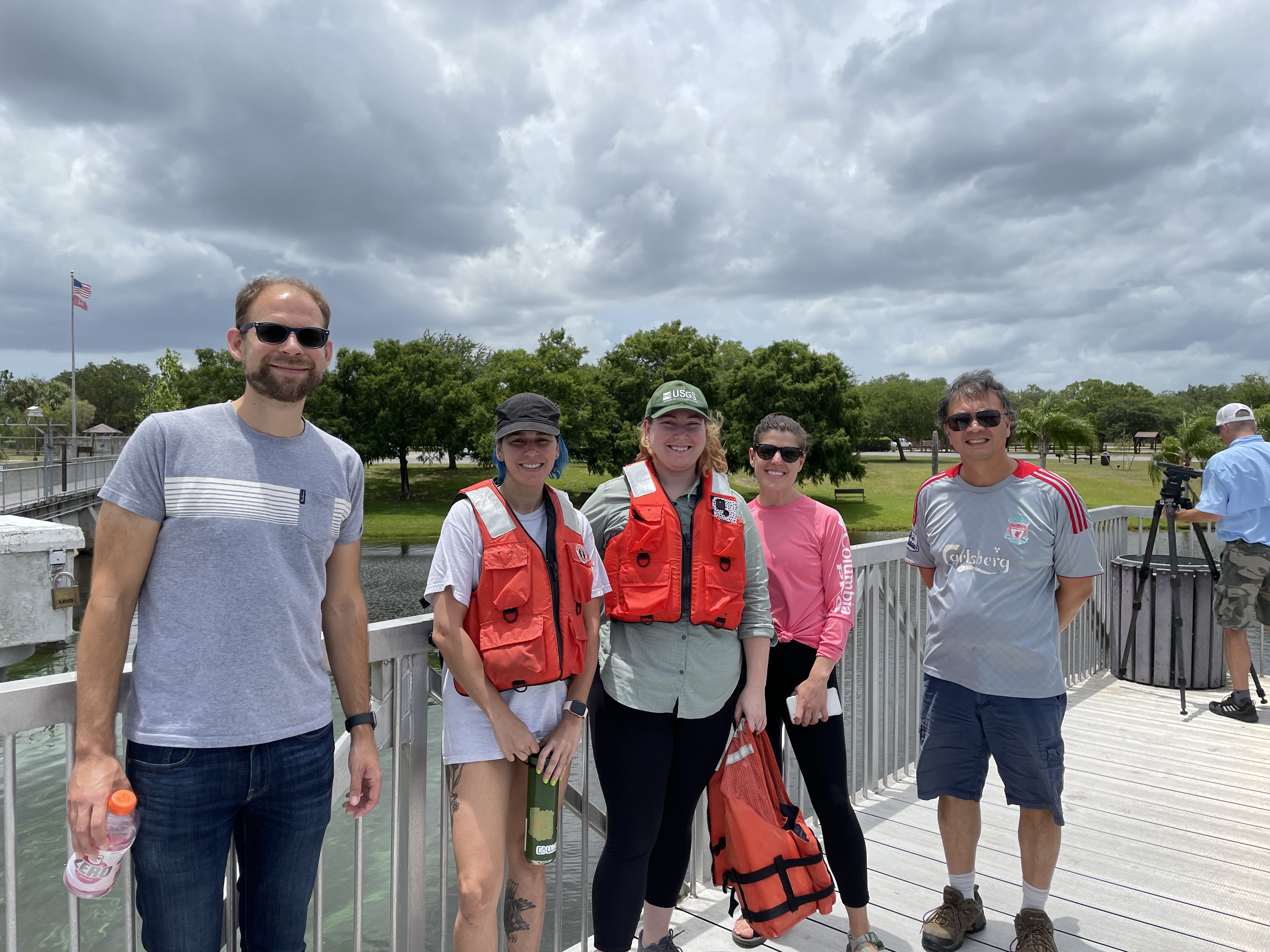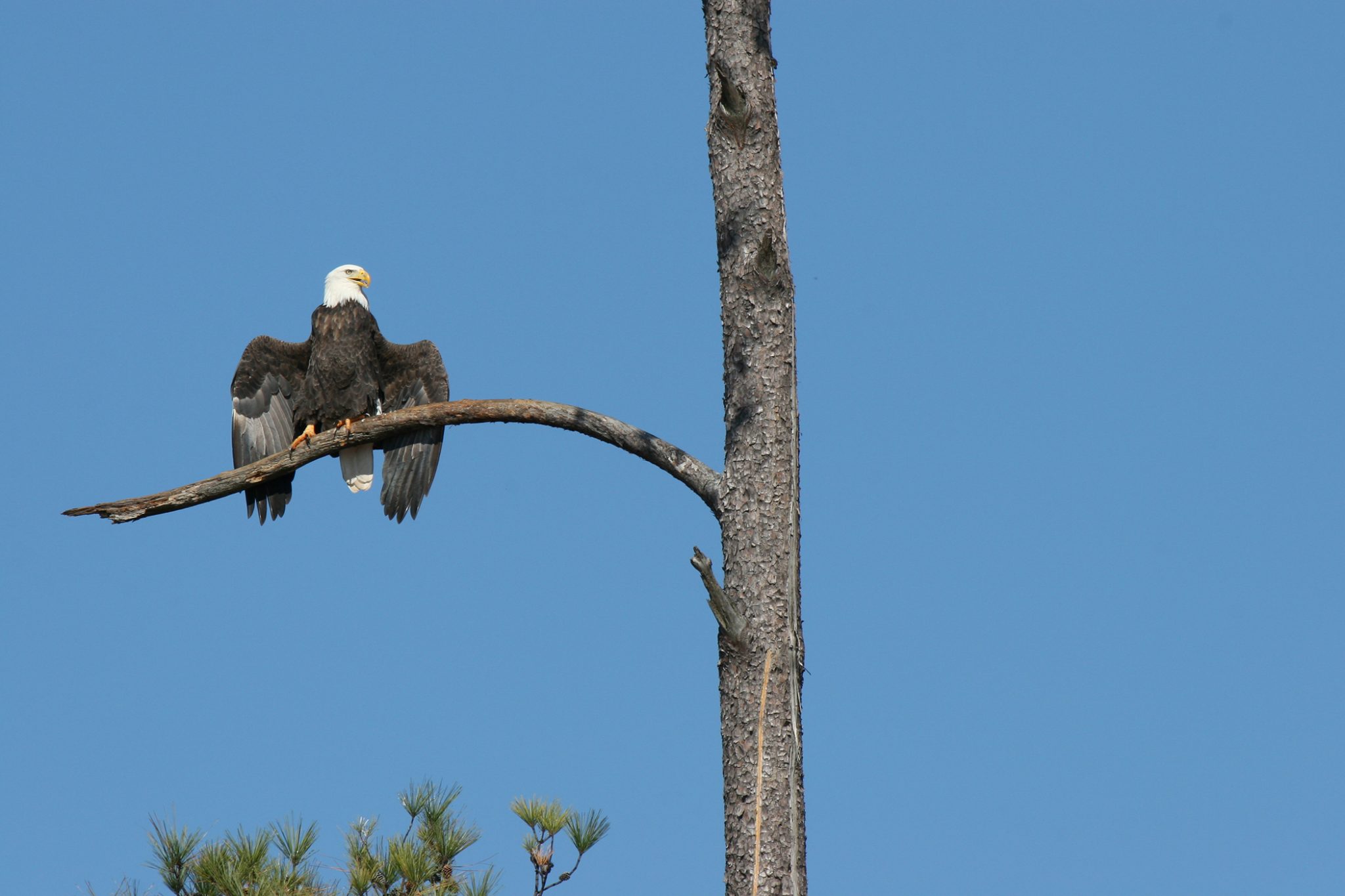The Indian River Lagoon (IRL) is a bull shark nursery habitat crucial to survival and recruitment of Atlantic coast bull sharks. Analysis of 123 samples found the presence of one or more phycotoxin from harmful algal blooms in 82 percent of the bull sharks and their prey items. Findings highlight the potential threat of toxic algae to the IRL’s ecosystem and surrounding human populations that may consume the same prey species. The highest concentrations of most toxins were detected in gut content samples, highlighting dietary exposure as an important mechanism of toxin transfer to bull sharks in the system.
Tag: toxic algae

NSU Researchers Studying Algae Blooms – New Findings Discussed in Science Magazine
They are bluish-green, stinky and yucky. We’re talking algae blooms, that phenomenon that happens in waterways around Florida. And since 2019, researchers at Nova Southeastern University’s (NSU) Halmos College of Arts and Sciences have been studying them with the primary goal to find out why they occur. Their research may lead to new ways of helping address blooms when they occur or help prevent them in the first place.
NEW UD STUDY SHOWS WARMING CLIMATE WILL INCREASE NUMBER OF HARMFUL ALGAE BLOOMS
A new study shows how changes in light conditions have a significant influence on the growth and impact of harmful algae blooms. The bottom line: a warming climate looks good for the growth of toxic algae and may disrupt other organisms that are part of the food web — whether they graze on this algae or are consumed by it.

International investigation discovers bald eagles’ killer
Eagle and waterfowl deaths occur in late fall and winter within reservoirs with excess invasive aquatic weeds, and birds can die within five days after arrival.
Volunteers and Deep Computer Learning Help Expand Red Tide Warning Systems
A new study published in the peer-review journal PLoS ONE shows that citizen science volunteers using a relatively low-cost tool can help increase the size and accuracy of a red tide monitoring network to better protect public health from the impacts of toxic algae in the Gulf of Mexico.